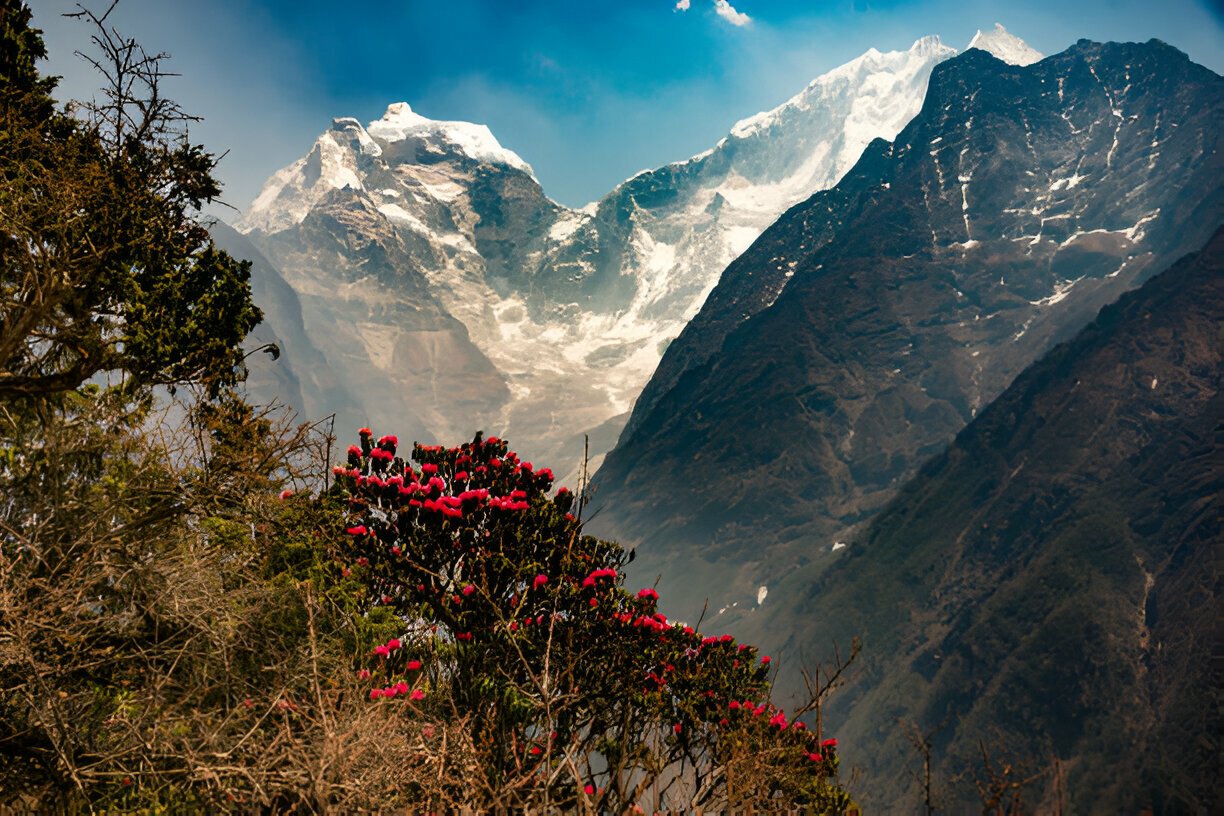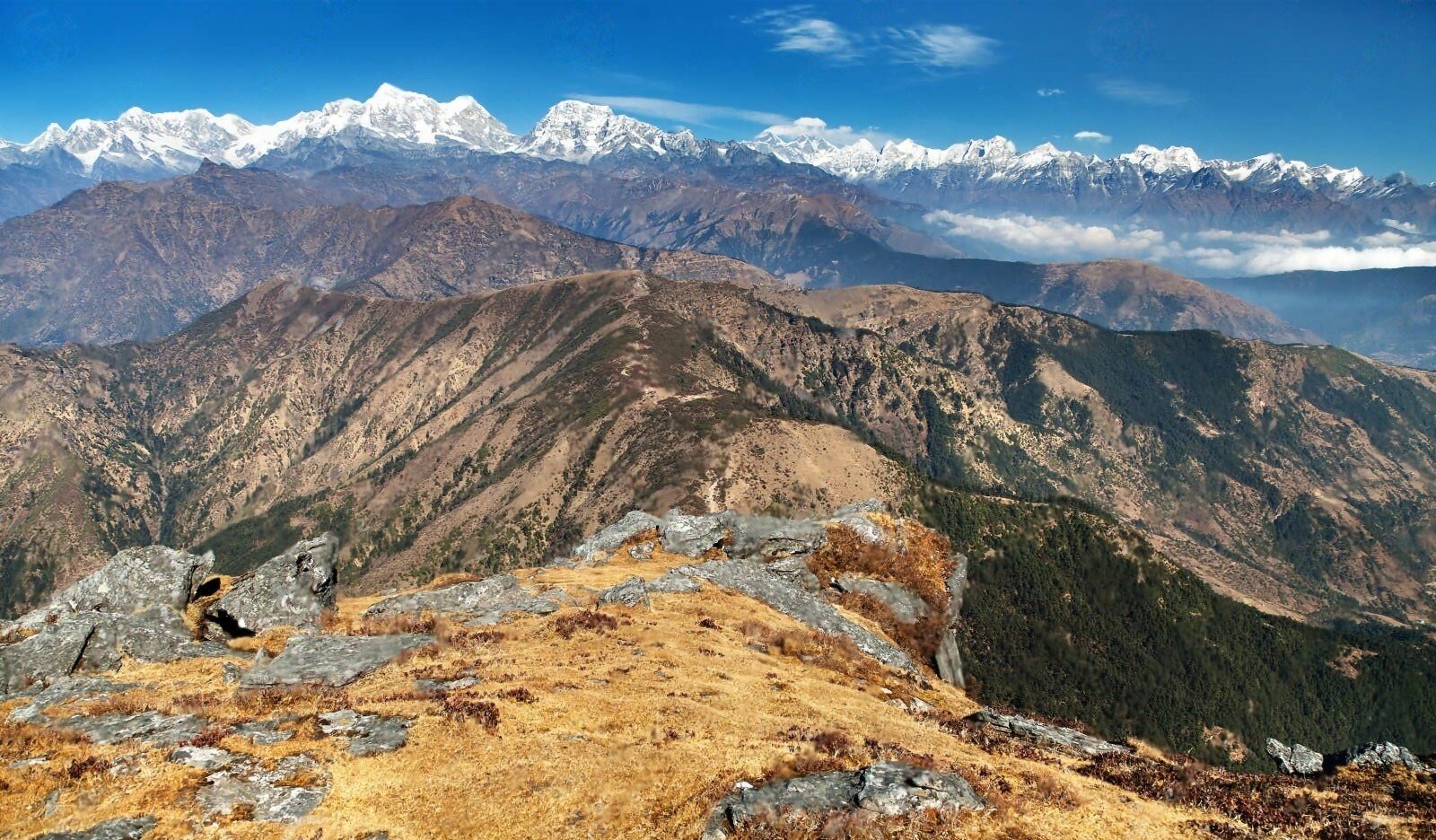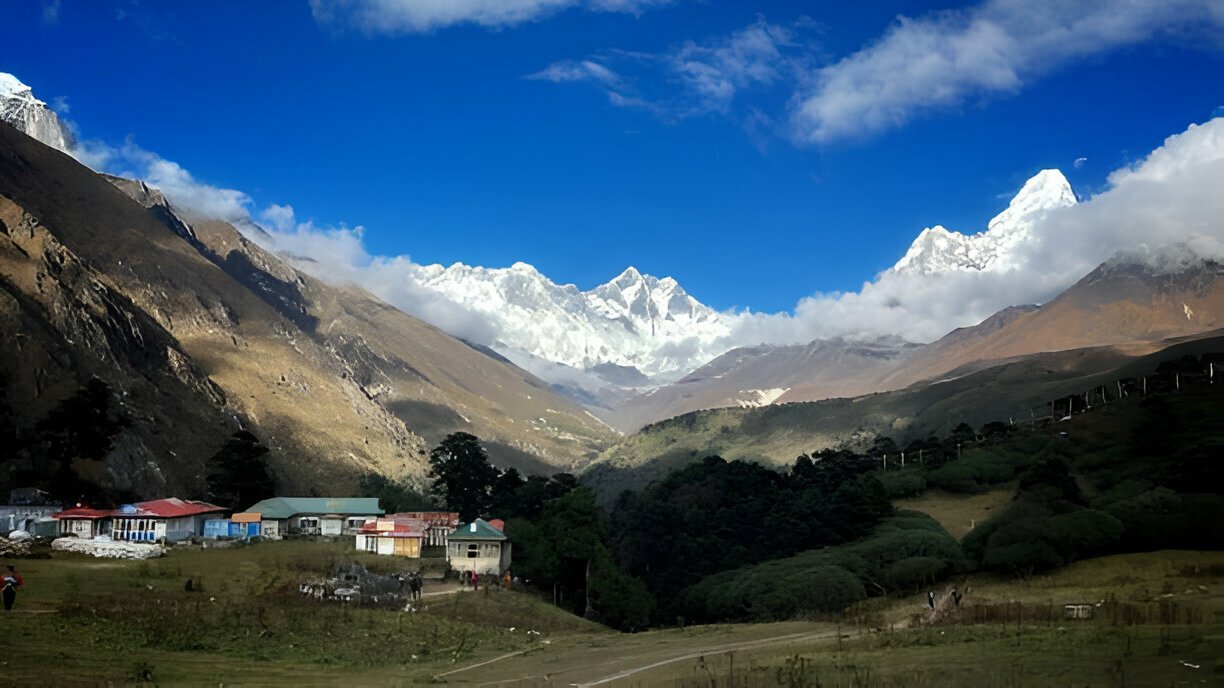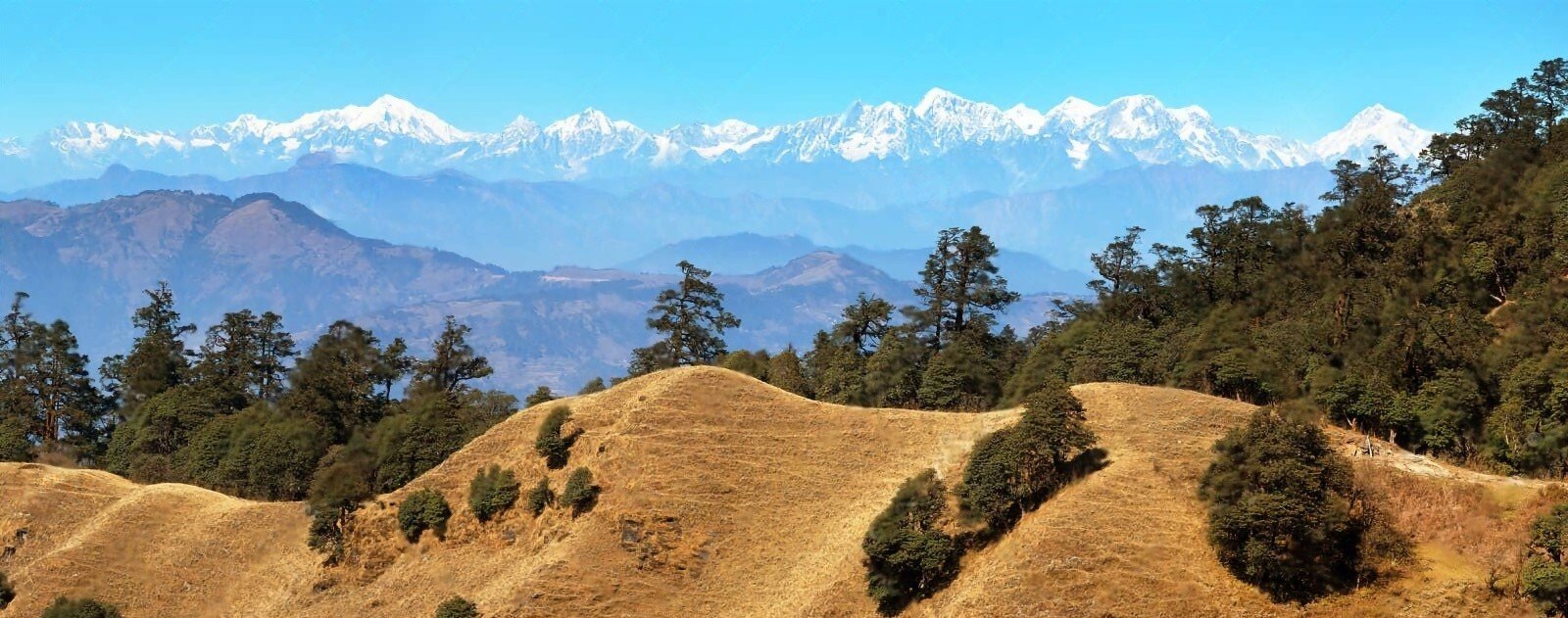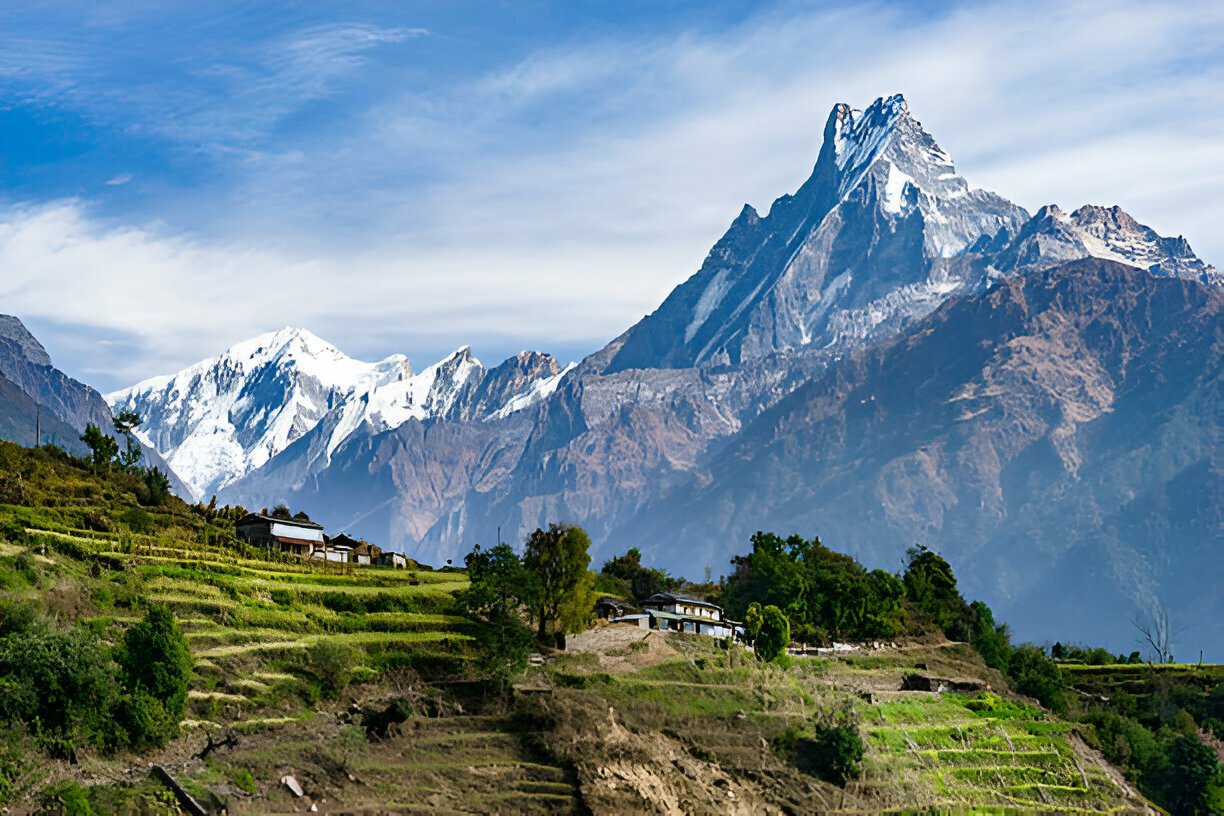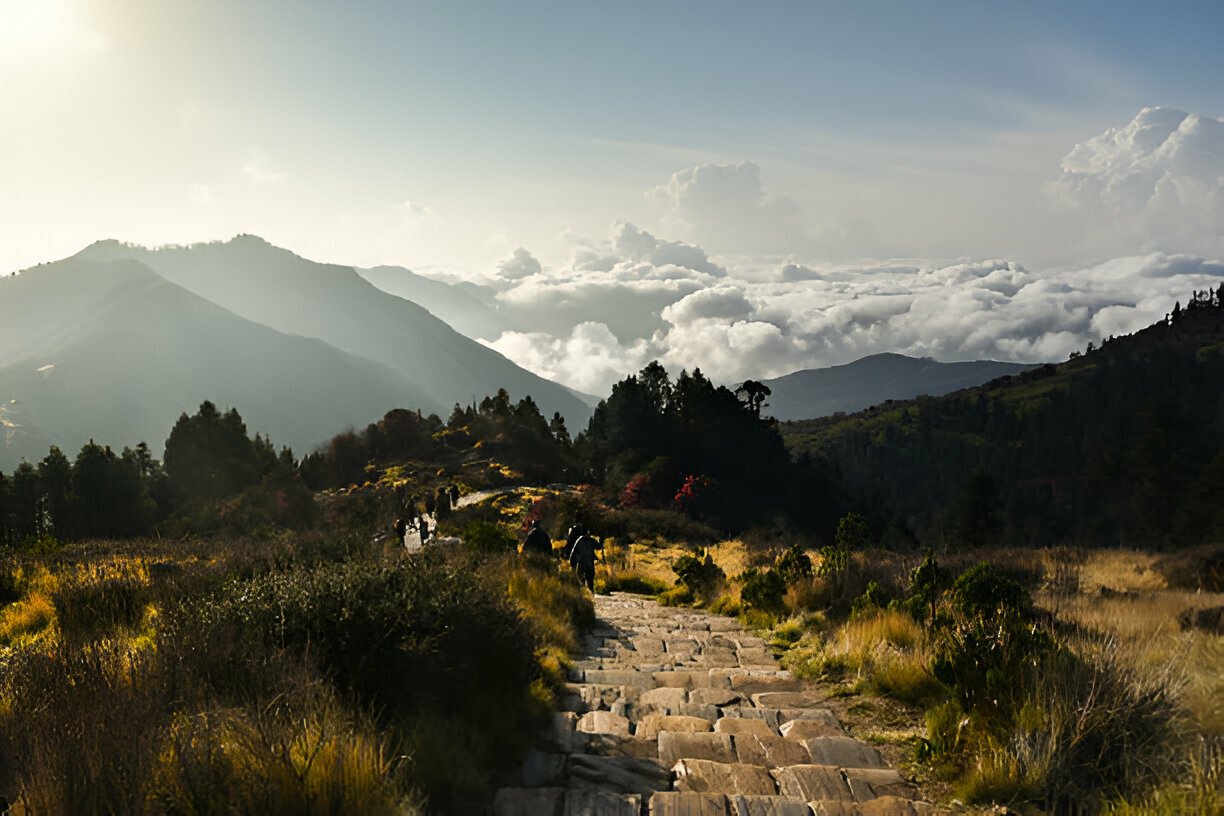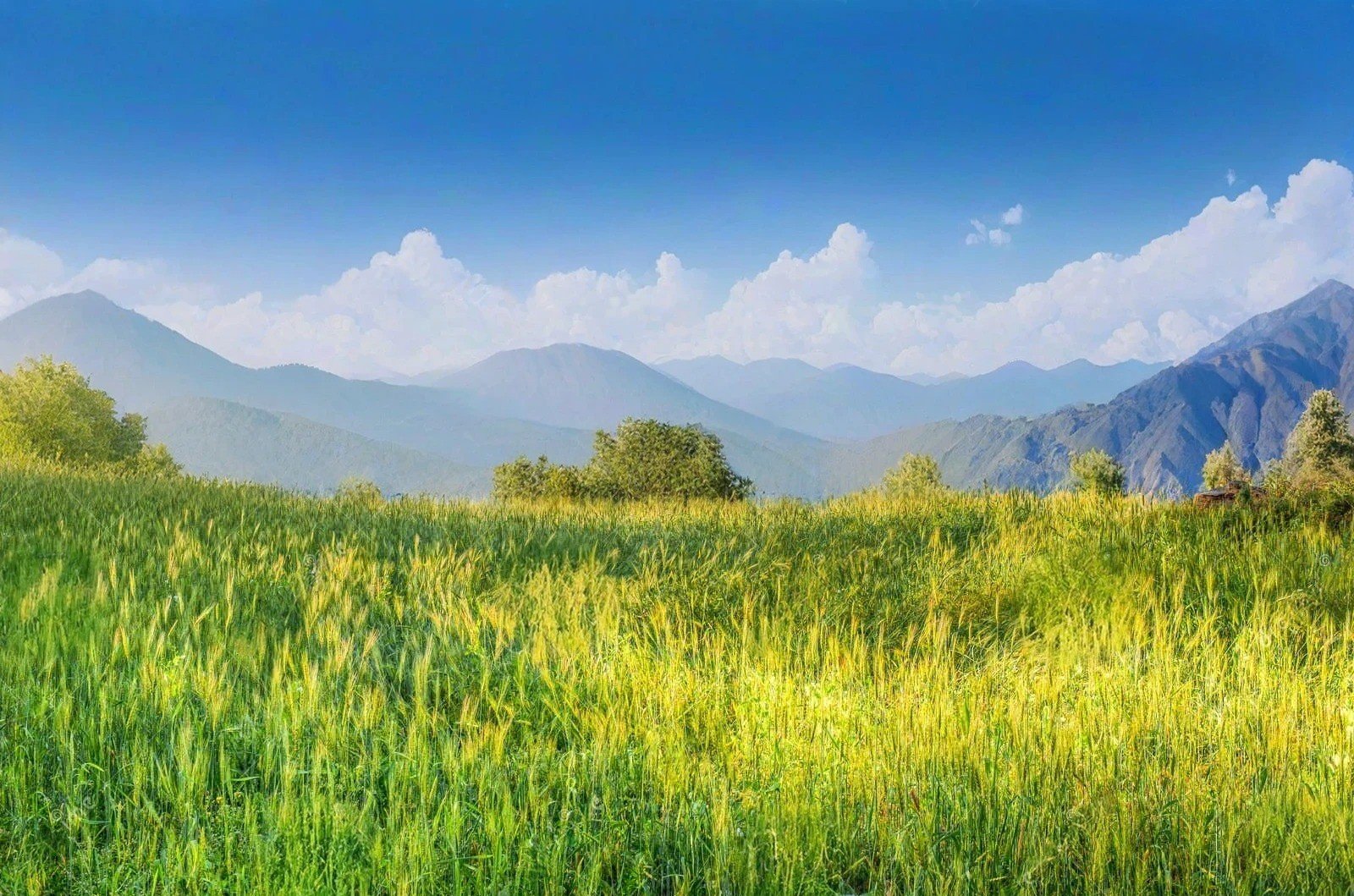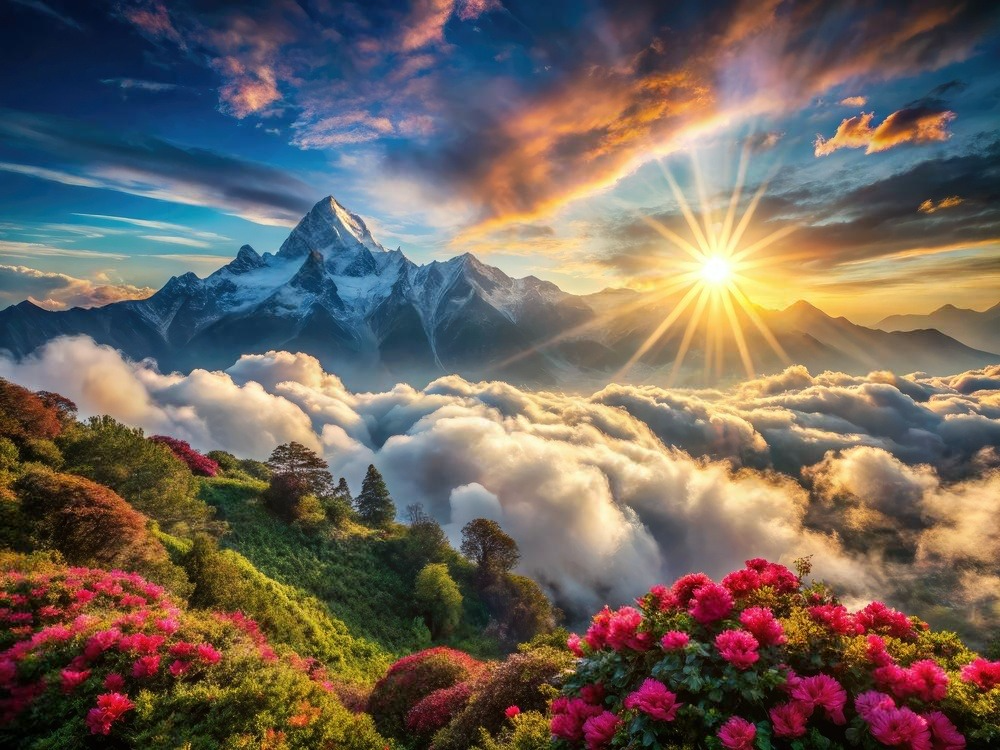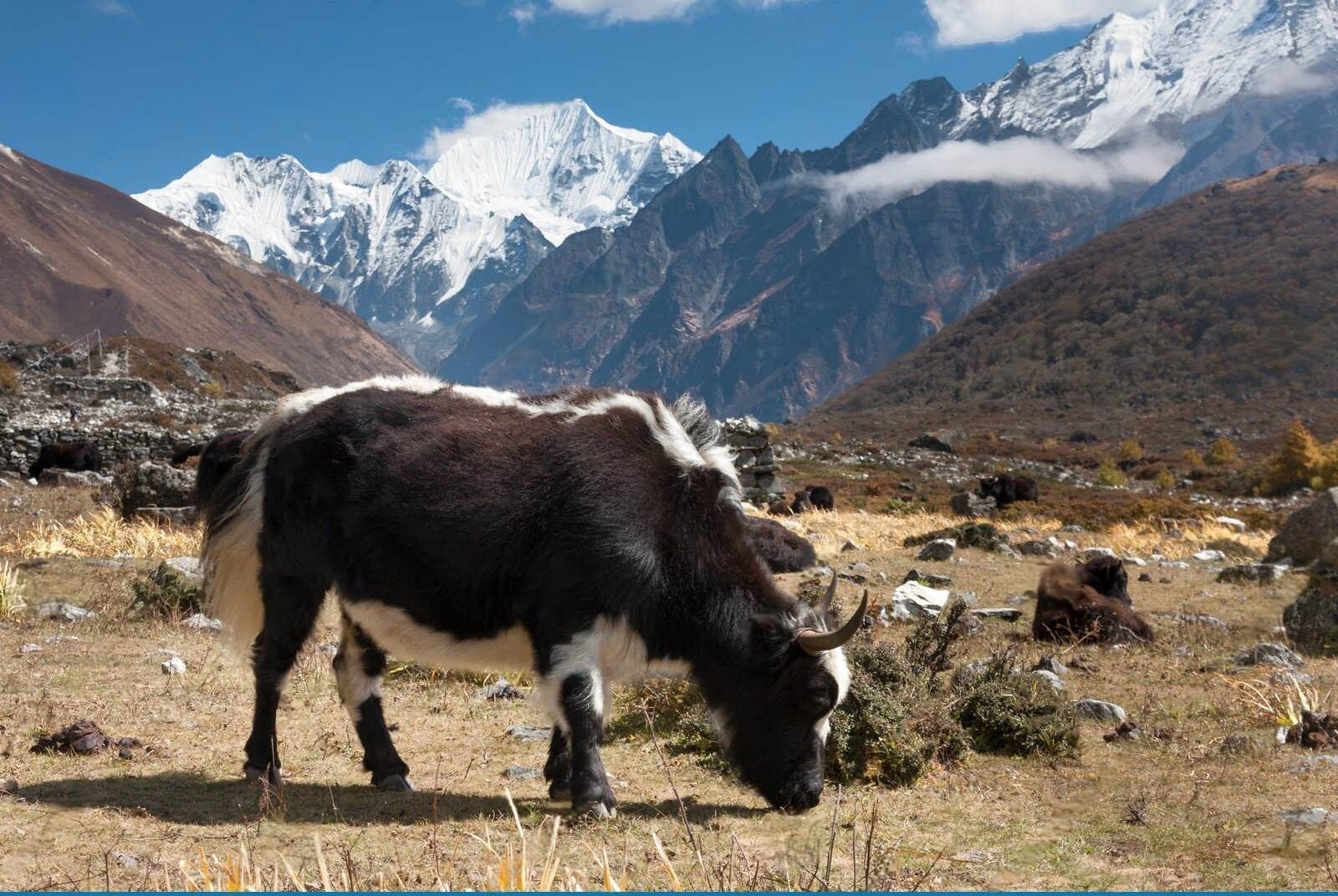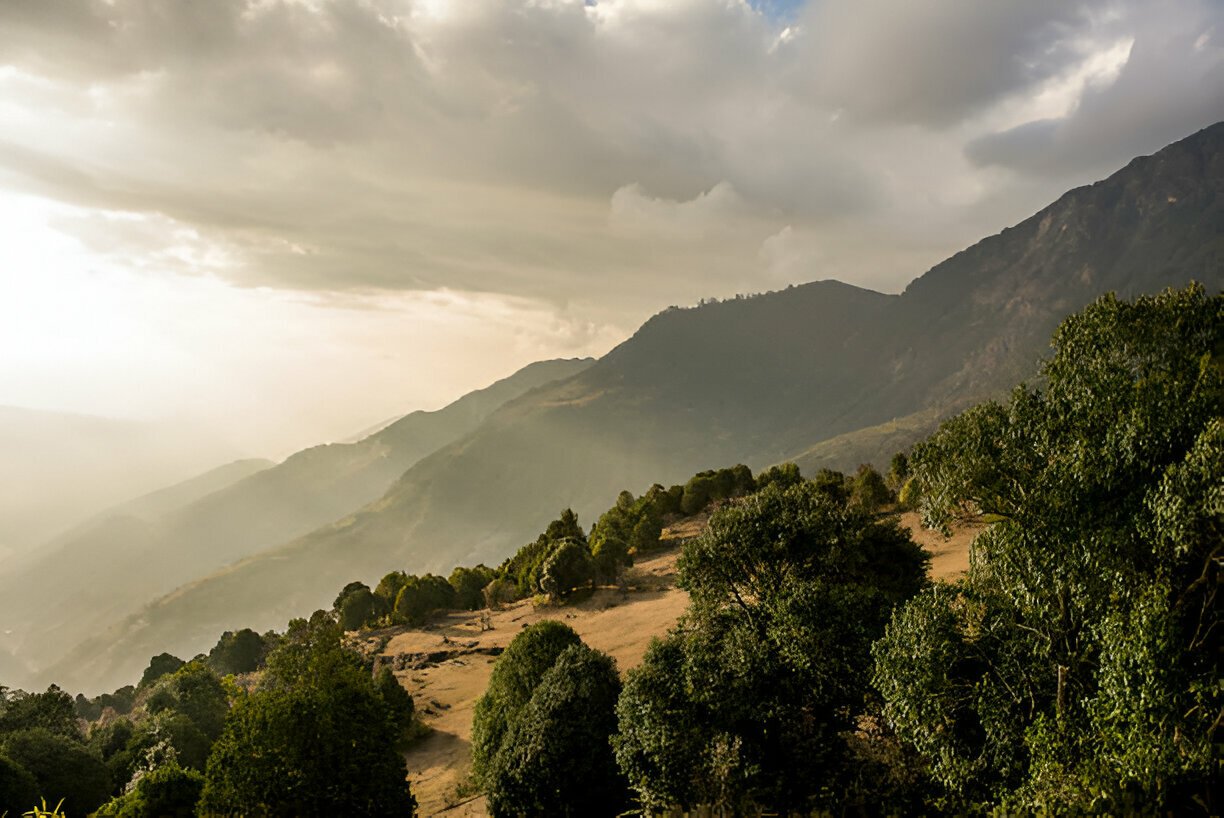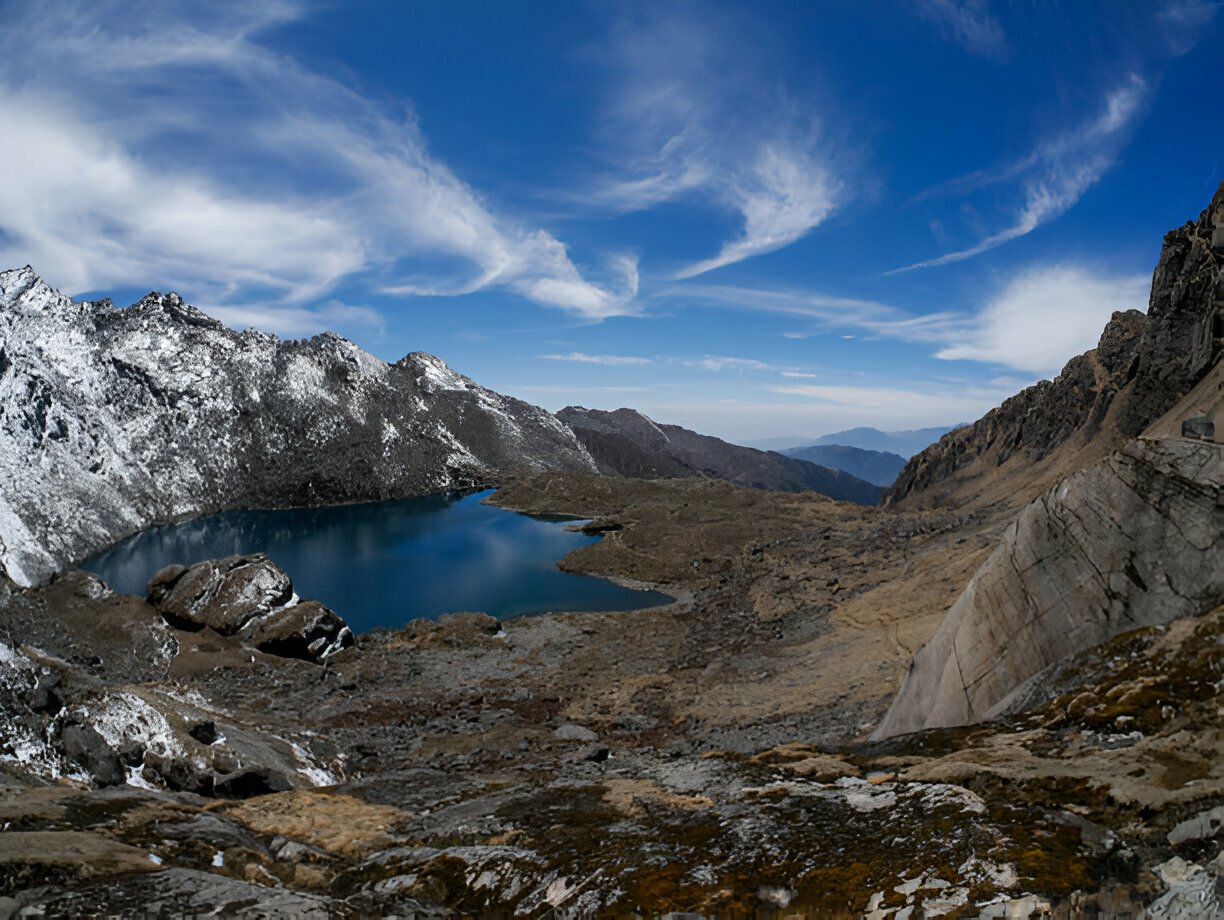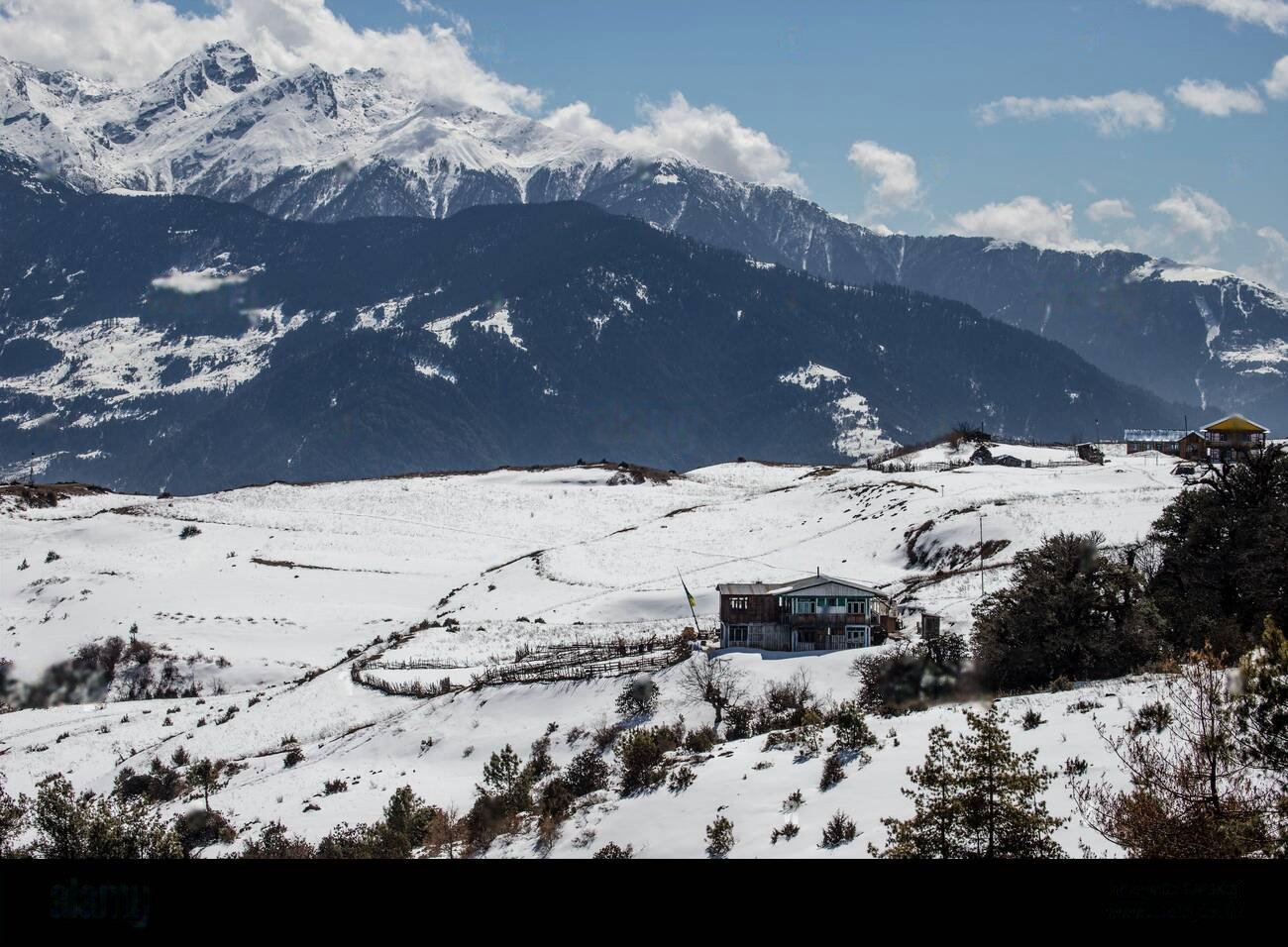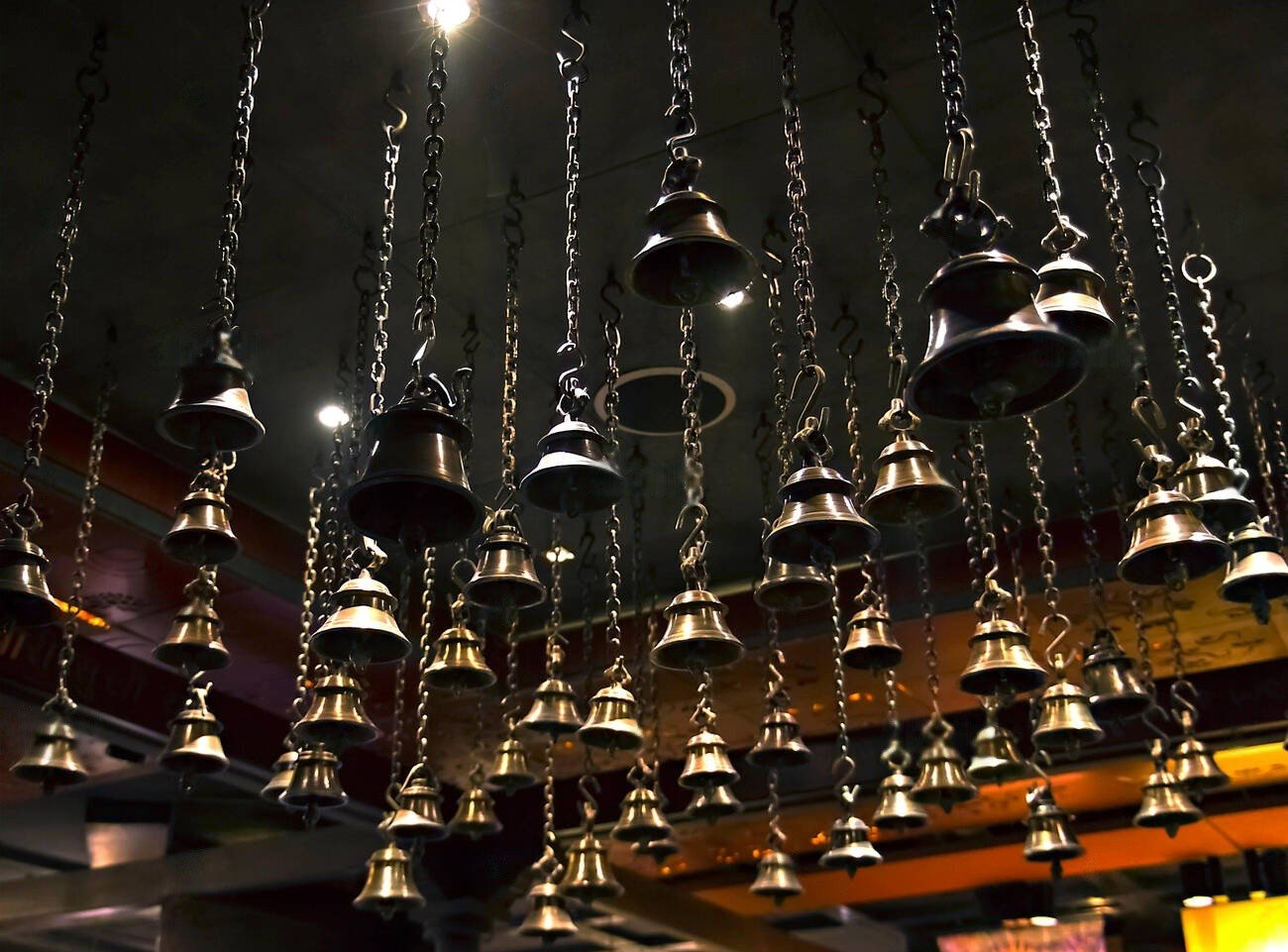 Detailed Information
Detailed Information
Manakamana Temple offers a unique spiritual journey that combines natural beauty, cultural heritage, and religious devotion, creating an experience that appeals to both pilgrims seeking divine blessings and travelers interested in Nepal's rich traditions. What distinguishes this sacred site is its dramatic hilltop setting accessed by a modern cable car, creating a striking contrast between ancient ritual practices and contemporary convenience.
As you approach the cable car station in Kurintar, anticipation builds for the aerial journey that has replaced the arduous four-hour trek traditionally undertaken by devotees. The cable car itself has become part of the pilgrimage experience, offering a gradual transition from the bustling highway below to the sacred realm above. During the 10-minute ascent, passengers fall silent in awe of the panoramic views the rushing Trishuli River growing smaller, terraced fields patterning the hillsides, and eventually, the snow-capped Himalayan peaks emerging on the horizon. This physical elevation mirrors the spiritual ascent many pilgrims feel they are undertaking.
Arriving at the hilltop station, you enter a world centered around faith and devotion. The main pathway to the temple is lined with shops selling ritual items flowers, red cloths, coconuts, incense, and sacrificial items for those making animal offerings. The scent of incense, marigolds, and ceremonial foods fills the air, creating a multisensory experience that immediately signals the sacred nature of the space.
The cultural tapestry surrounding Manakamana is rich and complex. The temple stands as a living monument to Nepal's unique religious syncretism, where Hindu practices blend with indigenous traditions of the local Magar community, who serve as the temple's traditional caretakers. The temple priests, known as Bhattarai Brahmins, perform elaborate rituals following centuries-old traditions that have remained largely unchanged despite the modernization of access to the site.
Throughout the day, the atmosphere around Manakamana shifts with the changing light and visitor patterns. Dawn brings the most devout worshippers who seek the goddess's first blessings of the day. By mid-morning, the temple courtyard fills with a diverse mix of pilgrims and tourists. The afternoon often sees families and tour groups, while the golden hour before sunset casts a magical light over the temple structure and surrounding mountains, creating a sense of timelessness as the day's final rituals are performed. This daily rhythm reflects the living nature of Manakamana as both an ancient sacred site and a contemporary cultural landmark.
Manakamana Temple offers a unique spiritual journey that combines natural beauty, cultural heritage, and religious devotion, creating an experience that appeals to both pilgrims seeking divine blessings and travelers interested in Nepal's rich traditions. What distinguishes this sacred site is its dramatic hilltop setting accessed by a modern cable car, creating a striking contrast between ancient ritual practices and contemporary convenience.
As you approach the cable car station in Kurintar, anticipation builds for the aerial journey that has replaced the arduous four-hour trek traditionally undertaken by devotees. The cable car itself has become part of the pilgrimage experience, offering a gradual transition from the bustling highway below to the sacred realm above. During the 10-minute ascent, passengers fall silent in awe of the panoramic views the rushing Trishuli River growing smaller, terraced fields patterning the hillsides, and eventually, the snow-capped Himalayan peaks emerging on the horizon. This physical elevation mirrors the spiritual ascent many pilgrims feel they are undertaking.
Arriving at the hilltop station, you enter a world centered around faith and devotion. The main pathway to the temple is lined with shops selling ritual items flowers, red cloths, coconuts, incense, and sacrificial items for those making animal offerings. The scent of incense, marigolds, and ceremonial foods fills the air, creating a multisensory experience that immediately signals the sacred nature of the space.
The cultural tapestry surrounding Manakamana is rich and complex. The temple stands as a living monument to Nepal's unique religious syncretism, where Hindu practices blend with indigenous traditions of the local Magar community, who serve as the temple's traditional caretakers. The temple priests, known as Bhattarai Brahmins, perform elaborate rituals following centuries-old traditions that have remained largely unchanged despite the modernization of access to the site.
Throughout the day, the atmosphere around Manakamana shifts with the changing light and visitor patterns. Dawn brings the most devout worshippers who seek the goddess's first blessings of the day. By mid-morning, the temple courtyard fills with a diverse mix of pilgrims and tourists. The afternoon often sees families and tour groups, while the golden hour before sunset casts a magical light over the temple structure and surrounding mountains, creating a sense of timelessness as the day's final rituals are performed. This daily rhythm reflects the living nature of Manakamana as both an ancient sacred site and a contemporary cultural landmark.

From $0
Price Varies from Group Size
Success
Here goes about why the success toast occurred.
 Activity Outline
Activity Outline
Cable Car Journey and First Views
Temple Courtyard and Morning Rituals
Temple Darshan and Blessing
Circumambulation and Secondary Shrines
Local Cuisine Experience
Cultural Village Walk
Viewpoint Hike
Sunset Blessing and Descent
 Good to Know
Good to Know
Devotees often tie sacred threads or bangles around the temple pillars, representing wishes they hope the goddess will fulfill. Upon the fulfillment of their wish, they return to offer thanks and remove the thread.
Cultural Highlights
Traditional Caretakers: Magar community serves as the temple's traditional guardians
Sacrificial Rituals: One of Nepal's most important centers for animal sacrifice during religious ceremonies
Festival Celebrations: Dashain and Navaratri celebrations featuring music, dance, and elaborate pujas
Pilgrimage Tradition: Continues a centuries-old tradition of wish-pilgrimage in Nepal
Cultural Fusion: Blends orthodox Hindu practices with local ethnic traditions
Visitor Etiquette
Remove shoes before entering the main temple
Dress modestly, covering shoulders and knees
Speak quietly and be mindful of those in prayer
Photography may be restricted inside the main temple building
Refrain from touching offerings or ritual items without permission
If uncomfortable with animal sacrifice, visit in the afternoon when these rituals are less common
Show respect to priests and local traditions even if they differ from personal beliefs
Nearby Attractions
Gorkha Durbar: Historic palace complex and birthplace of modern Nepal (30 km)
Chitwan National Park: UNESCO World Heritage wildlife reserve (50 km)
Bandipur: Preserved Newari trading town with colonial architecture (30 km)
Pokhara: Lakeside tourist hub and gateway to the Annapurna region (85 km)
Trishuli River: Popular white-water rafting destination (at the base of the cable car)
 Reviews
Reviews
 FAQs (Frequently Asked Questions)
FAQs (Frequently Asked Questions)
Your queries are answered.
Is the cable car the only way to reach the temple?
While the cable car is the most popular access method today, the traditional trekking route still exists. The 4-hour uphill hike from Kurintar follows ancient pilgrimage trails through forests and villages. Some devotees still choose this arduous path as part of their spiritual commitment or vow to the goddess.
What should I know about animal sacrifices at the temple?
Animal sacrifice is an ancient tradition at Manakamana Temple, particularly the offering of goats and roosters. These rituals are typically performed in the morning hours in a designated area. Visitors uncomfortable with these practices may prefer to visit in the afternoon when sacrifices are less common. The tradition is deeply meaningful to many devotees who believe it fulfills specific promises made to the goddess.
What is the best time of year to visit Manakamana?
October-November (post-monsoon) offers clear mountain views and pleasant temperatures, coinciding with the Dashain and Tihar festivals when the temple is especially vibrant. March-April features rhododendron blooms in surrounding forests and the spring Navratri celebrations. December-February provides the clearest mountain views but cooler temperatures. The monsoon season (June-September) has fewer visitors but occasional fog and rain that may obscure views.
How long should I spend at Manakamana?
A meaningful visit requires at least 4-5 hours, including the cable car journey, temple rituals, and exploration of the surrounding area. To fully experience both the spiritual and cultural dimensions, consider a full-day visit that allows time for the viewpoint hike and engagement with the local community.
What is the story behind the temple's origins?
According to legend, Queen Padmini, wife of King Ram Shah of Gorkha (17th century), possessed the divine powers of Goddess Manakamana but kept this secret from everyone except her attendant. When the king witnessed his queen in the form of the goddess while she thought she was alone, she predicted that after her death, a temple would be built where a spring would appear and a stone image of the goddess would be discovered. The temple was established at this prophesied location.
Are there accommodation options near the temple?
Several small hotels and guesthouses operate in the Manakamana bazaar area surrounding the temple, offering basic but comfortable accommodations for overnight stays. Alternatively, many visitors choose to stay in Kurintar (cable car base station) where there are riverside resorts, or in nearby Mugling which offers more hotel options.
Is the temple accessible to people with mobility limitations?
The cable car provides access to visitors with limited mobility, though the temple area itself involves some steps and uneven surfaces. The main temple has several steps at the entrance, but the outer courtyard is accessible. Some pilgrims with mobility challenges may arrange for assistance from local porters.




